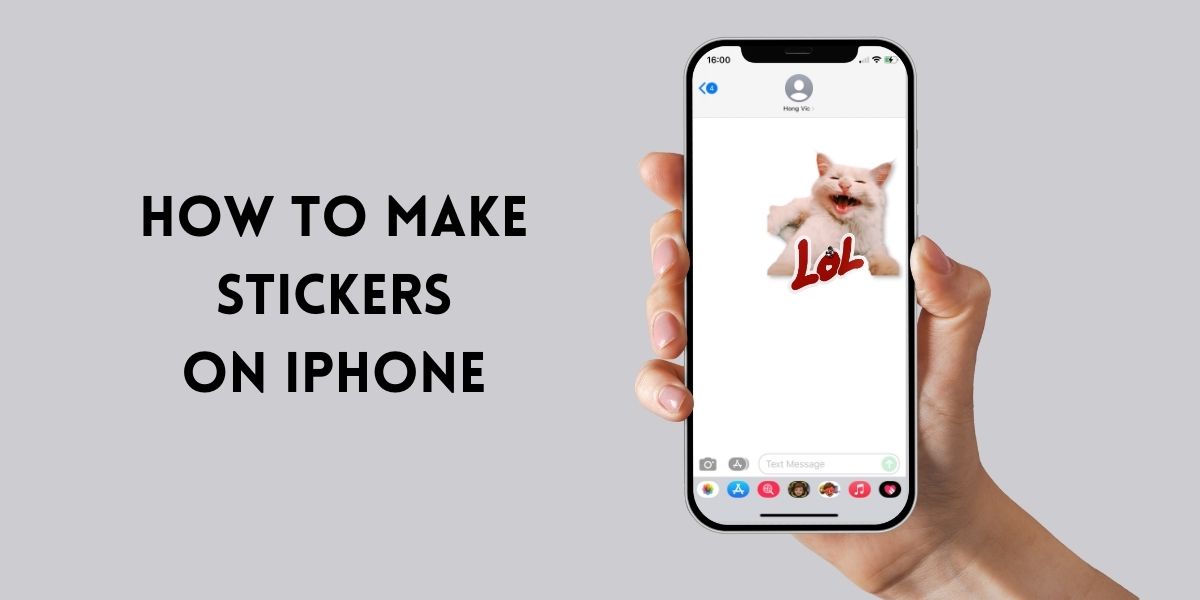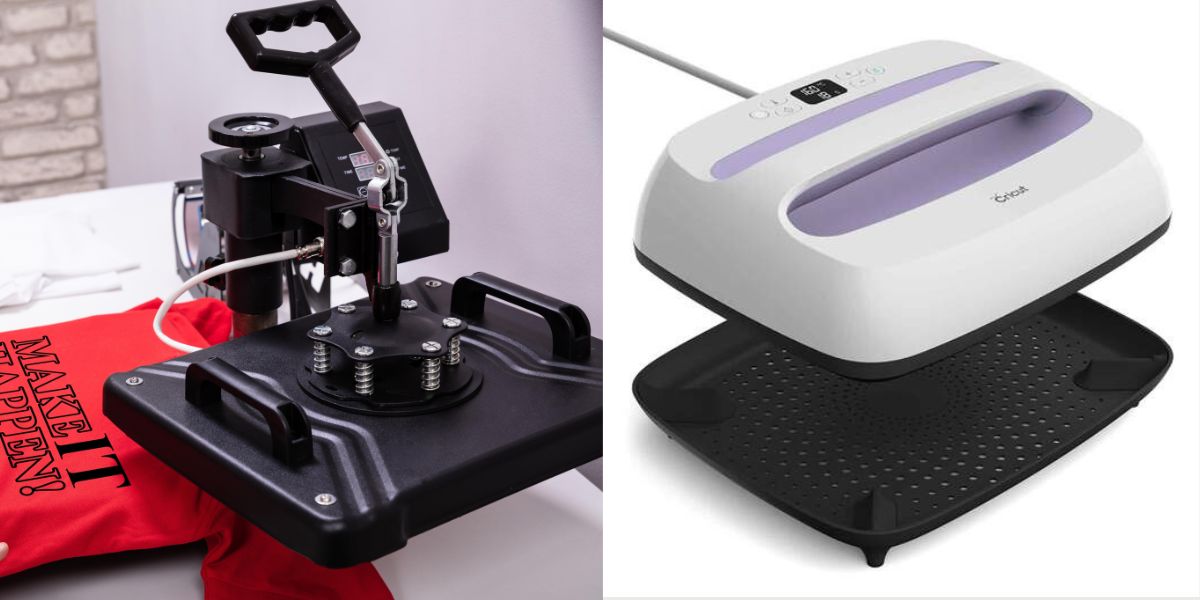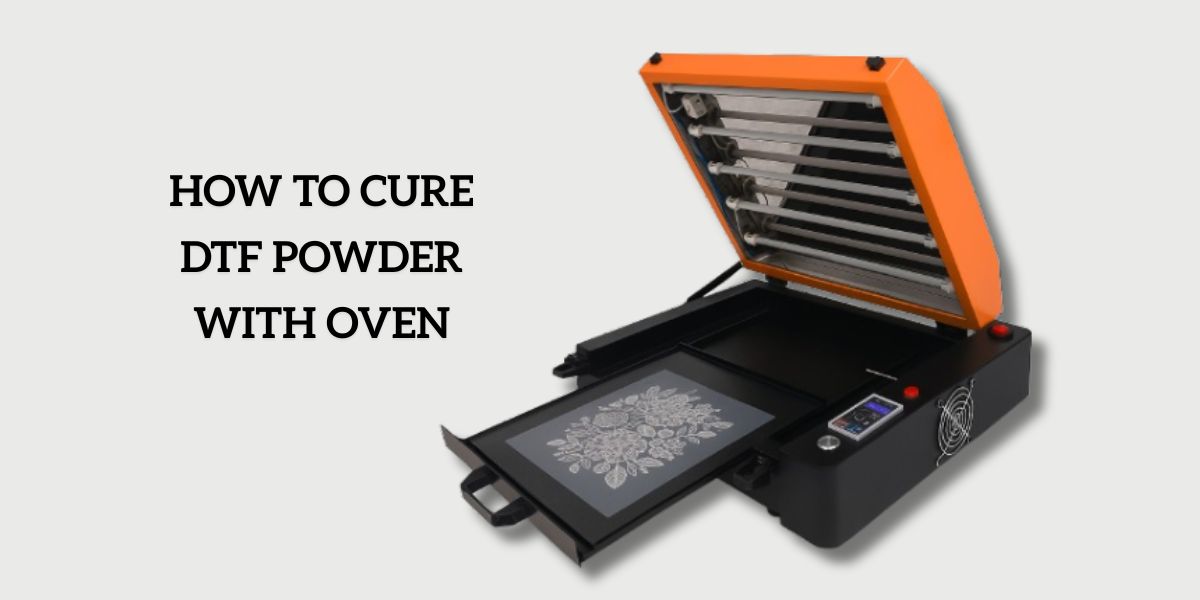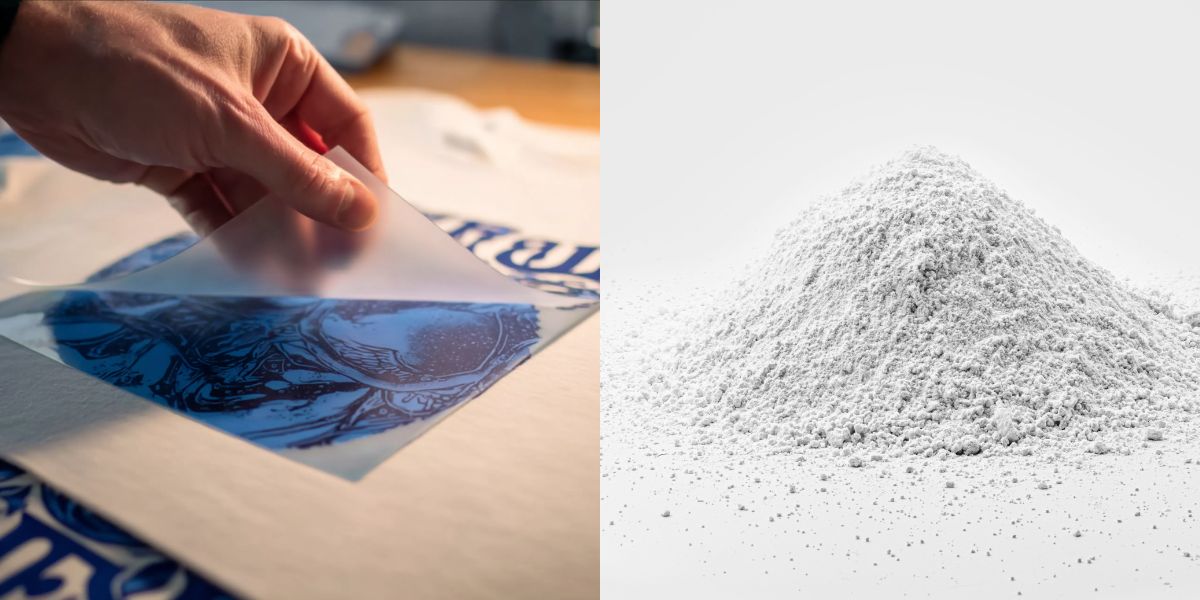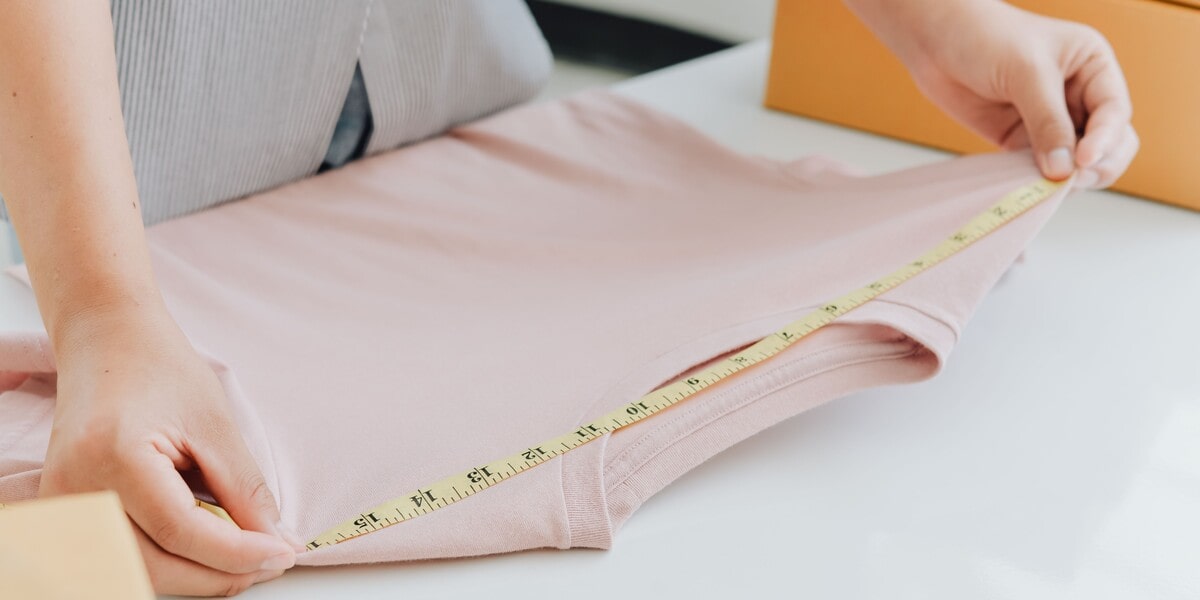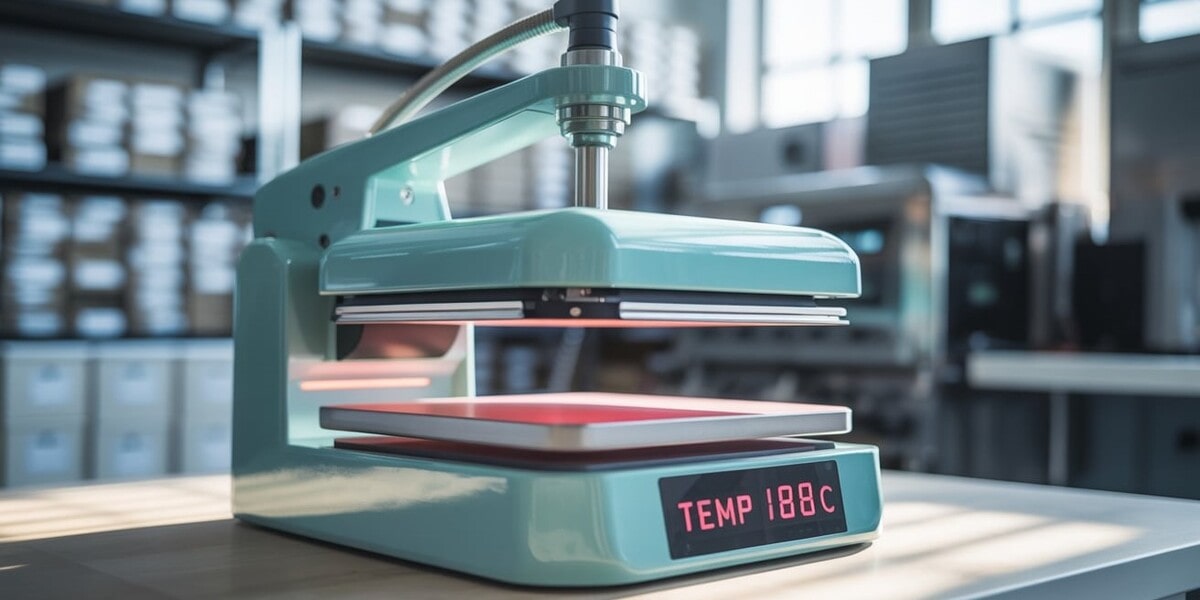
Blog
How to Print White Ink on Clear Labels? 5 exceptional ways you can do
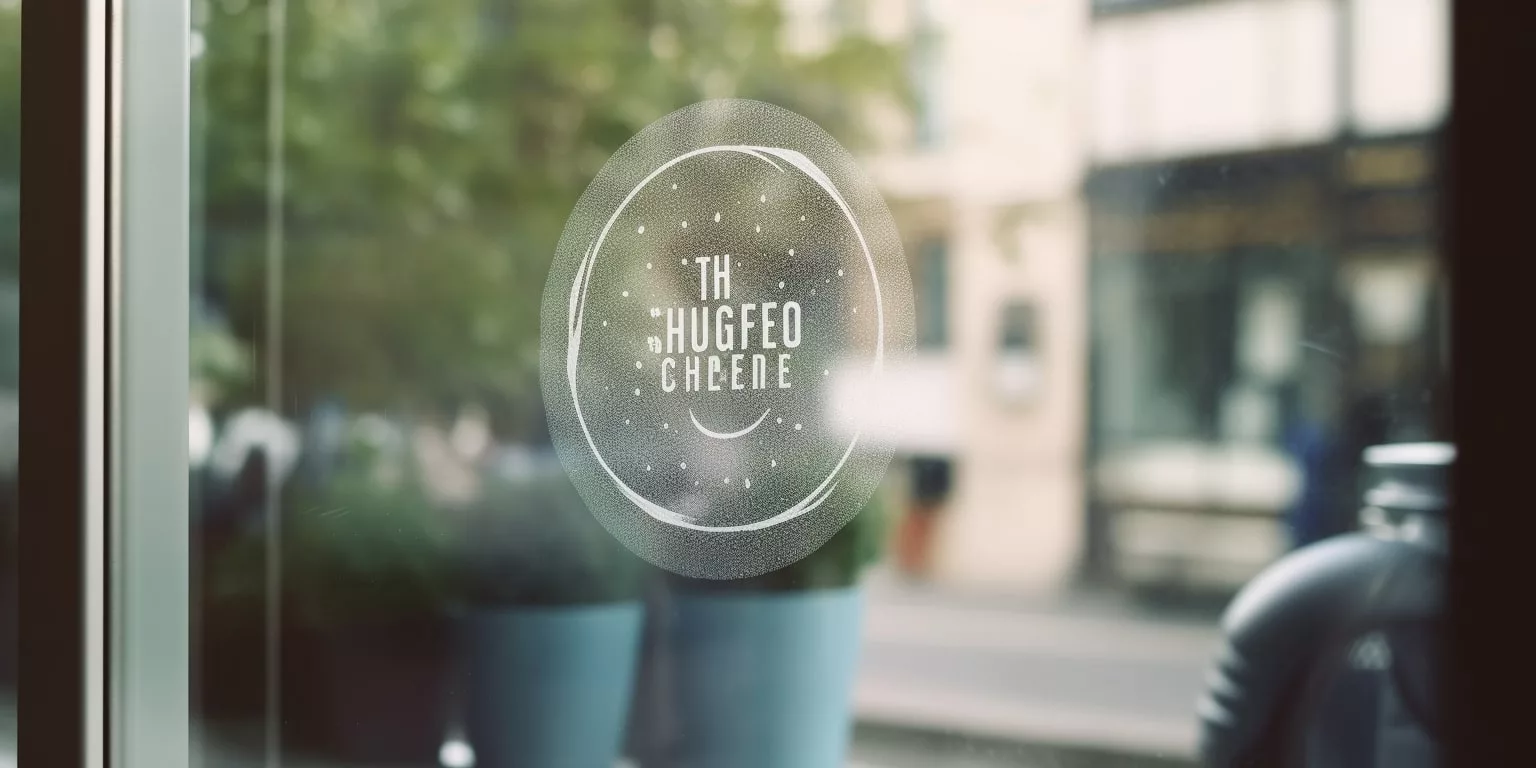
Clear labels offer a versatile and modern aesthetic, but incorporating white elements requires skill. That’s why knowing how to print white ink on clear labels can prove to be quite a challenge due to various factors that affect the final result. This process requires careful consideration and expertise to achieve a satisfactory outcome.
In this article, we will explore the reasons why printing white on clear labels can be tricky and the challenges that arise during this process. By understanding these complexities, we can gain insight into how to print white ink on clear labels and the efforts required to produce high-quality clear labels with white ink printing.
Why is printing white ink on clear labels a tricky task?
Identifying how to print white ink on clear labels presents a unique set of challenges that require careful consideration and specialized techniques. In the following paragraphs, we will explore the reasons why printing white ink on clear labels can be tricky.
1. Lack of White Ink
Most standard printers, including inkjet and laser printers, do not have white ink cartridges, making it difficult to print white on transparent labels. To generate a plethora of colors, printers normally use a subtractive color model with only four hues (CMYK — cyan, magenta, yellow, and black).
Besides, these printers are designed primarily for printing on white or light-colored surfaces where the use of white ink is not necessary. As a result, they lack the capability to produce opaque and vibrant white prints on transparent materials like clear labels.
2. Limited Printer Compatibility
Indeed, the lack of white ink cartridges in traditional printers (inkjet or laser printers) leads to the use of specialized printers capable of handling white ink on transparent materials, such as UV printers or certain screen printing machines.
These specialized printers that print white are specifically designed to handle the challenges associated with white ink printing, including achieving opacity and vibrancy on clear labels. However, their specialized nature and advanced capabilities often come with a higher price tag, making them less accessible for small-scale or budget-conscious printing projects.
On finding how to print white ink on clear labels, it should be noted that in addition to the cost, the availability of these specialized printers or printing services providers using them may also be limited, especially in comparison to the widespread availability of regular inkjet or laser printers.

3. Adhesion and Durability
Clear materials, such as transparent labels, typically have smooth and non-porous surfaces, which can make it difficult for white ink to adhere properly. Unlike printing on opaque or absorbent surfaces, clear materials do not provide the same level of adherence for ink, especially when it comes to white ink.
Moreover, when learning how to print white ink on clear labels, you will find achieving durability is another challenge. Clear materials are often used for applications where labels need to withstand environmental factors such as moisture, UV exposure, or abrasion.
However, white ink may not have the same resistance to these elements as other pigments or dyes, making it susceptible to fading, discoloration, or degradation.
4. Costs and Efficiency
As mentioned above, to achieve high-quality white prints on clear labels, specialized printers such as UV printers or certain screen printing machines are often required. In addition to specialized printers, specific techniques and materials are often necessary to overcome the challenges of adhesion and durability.
For instance, pre-treatment of the clear labels with primers or coatings may be required to improve ink adhesion. UV-curable white inks or other specialized white ink formulations may be used to enhance durability and resistance to environmental factors.
So, when determining how to print in white ink, remember that additional steps, specialized equipment, and unique materials not only increase the complexity of the printing process but also contribute to higher production costs. Moreover, setting up specialized equipment for each print job can be time-consuming.
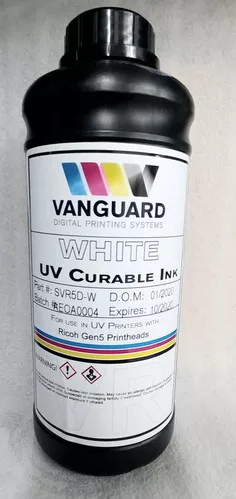
How to Print White Ink on Clear Labels?
Learning how to print white ink on clear labels can be a challenging task due to a few inherent complexities. However, with the right techniques and approaches, it is possible to overcome these challenges and achieve excellent results. There are 5 exceptional techniques that you can use to print white on clear labels:
- Screen printing
- Reverse printing
- Backing layer
- UV printing
- White inkjet/laser transfer
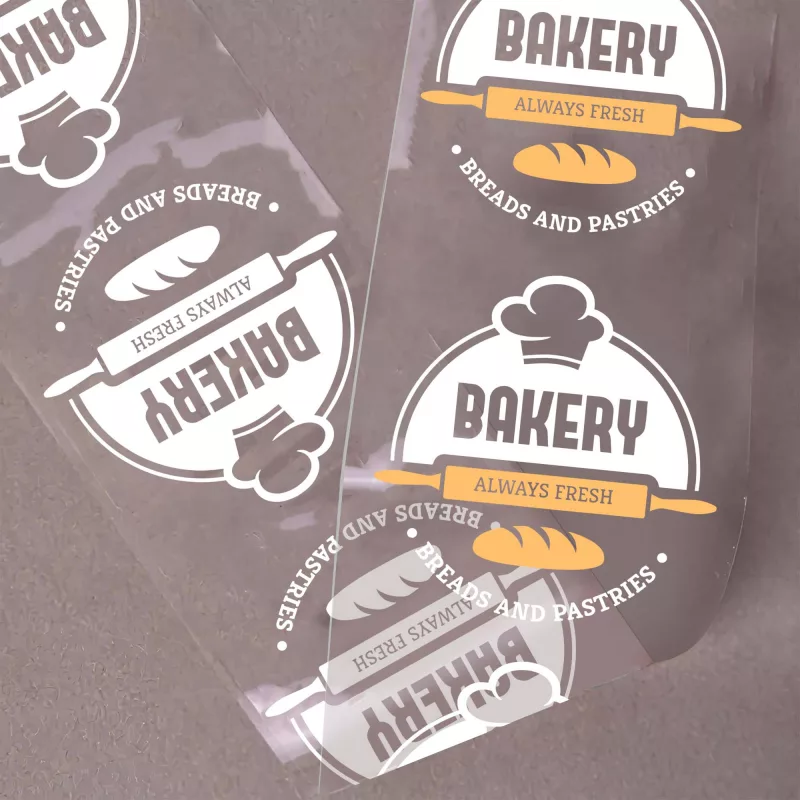
Let’s delve into these effective strategies on how to print white ink on clear labels:
| Screen Printing | Reverse Printing | Backing Layer | UV Printing | White Inkjet/Laser Transfer | |
| How to print white ink on clear labels in this method | – In screen printing, ink is applied to a label through a stencil (screen). – Screen printing is done using a white ink designed specifically for clear labels. | – In this method, the design or text is printed on the adhesive side of the clear label, creating a reverse image that is viewed through the label material. – When applied to a surface, the transparent material makes it seem like the design is printed in white. | – Behind the clear label, there is a white backing layer. – In this process, a white backing is printed with the design, followed by the clear label applied over it. – The white backing allows the clear label to show through the areas without ink, creating the illusion of white printing. | – It is a technique commonly used to print white on clear labels. – In UV printing, ultraviolet (UV) light is used to cure or dry the ink rapidly, resulting in a quick and efficient printing process. | – If you have a white inkjet or laser printer, you may print your design directly onto the transfer sheet, and then use heat or pressure to transfer it to the transparent label material. |
| Pros | – Achieve a thicker ink deposit, resulting in better opacity for white prints on clear labels. – Allows for vibrant and bold white color. – Offers excellent durability as the ink is typically cured or dried, creating a strong bond with the clear label material. – Enables you to add special effects such as gloss or texture to the white ink prints, enhancing the visual appeal of the labels. | – By printing the design on the backside of the label, the ink is protected and remains vibrant and legible. – The clear label material acts as a protective layer for the printed design, preventing it from being easily scratched or damaged. – Provides a sleek and professional look | – Can produce sharp and precise white prints. – The white backing layer provides an additional protective barrier for the printed design. | – It is a high-quality printing method that offers excellent color vibrancy, sharpness, and durability. – Enables the ink to dry quickly, reducing the risk of smudging or smearing | – The equipment and materials required for this method are readily available and relatively affordable. – Once the printer is set up, the printing itself is quick, allowing for shorter production times and faster turnaround. |
| Cons | – Requires specialized equipment and setup, including stretching the mesh screen and preparing the stencil. – Can be more expensive compared to other printing methods, especially for smaller quantities like Inkjet/Laser Transfer | – In this method, intricate or highly detailed designs may not translate well when viewed through the clear label material. | – Requires an additional step in the printing process. The white backing layer needs to be printed, dried, and then the clear label is applied over it. – The extra step and materials required for printing the backing layer can contribute to higher expenses. – Any misalignment during the application process can affect the overall appearance and quality of the labels. | – Can be expensive and time-consuming due to the specialized equipment, inks, and curing process involved. | – The white ink or toner used in this method may not have the same durability as other printing methods. It can be more susceptible to scratching or fading over time. – The transparency of the label material may affect the visibility and vibrancy of the white elements, resulting in a slightly translucent appearance. |
| Best for | – Suitable for larger quantities. | – Suitable for simpler designs or text. | – Suitable for higher-quality and high-volume printing jobs. | – It is typically more cost-effective for larger production volumes. | – Best for smaller-scale projects or one-off prints. |
Conclusion
In conclusion, finding out how to print white ink on clear labels is a task that can be accomplished through various exceptional methods. The availability of these methods provides flexibility and options for achieving the desired results based on individual preferences and requirements. .
By understanding the strengths and limitations of each approach, you can make informed decisions on how to print white ink on clear labels for a variety of applications. Whether it’s for professional purposes or personal projects, exploring these methods opens up opportunities for creativity and customization in label printing.
Thanks for joining us on this exploration of printing white on clear labels. If you are in needs of clear labels or any types of stickers and labels, visit us at customany.com, we’re sure that you’ll find success and satisfaction in your label printing process.


